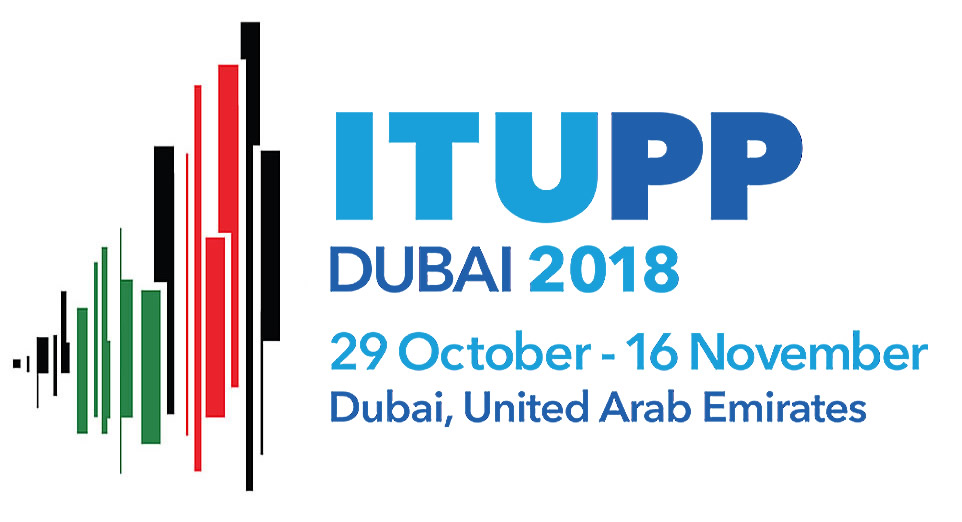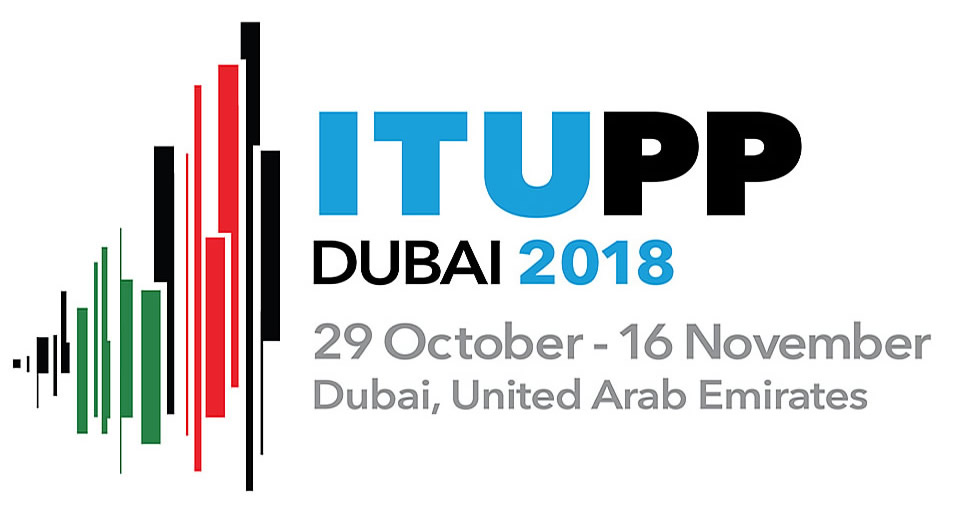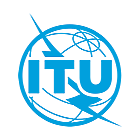This is the version of the backgrounder prepared for the Plenipotentiary 2018 Conference in October/November 2018. For the most recent version of this backgrounder, please see here.
To operate effectively, ITU needs stable and adequate funding.
In 2016, ITU had total revenues of over 175 million CHF, mainly from 3 sources: membership fees, cost recovery activities, and voluntary contributions for specific projects.
Membership fees: who pays what?
ITU currently has a membership of 193 countries and more than 800 non-Member State entities, including private companies and academic institutions. ITU members provided approximately 123 million CHF or about 70 per cent of ITU’s total funding in 2016.
Member State contributions accounted for 61 percent of ITU’s total revenue in 2016. The top ten Member State donors were Japan, the United States, Germany, France, Italy, the Russian Federation, China, Australia, Canada, and Saudi Arabia. Together, they account for 34 per cent of ITU’s total funding.The remaining 183 countries, including 44 of the least developed countries in the world, provided 26 per cent. For a list of all top Member State contributors, please see here.
Sector Members and Associates contributed 9 per cent of ITU’s total budget in 2016. Membership with ITU allows businesses to network with ICT regulators and policy-makers, contribute to global standards and best practices, and advise governments on ICT strategies and technologies. For a list of ITU’s top contributing industry members, please see here.
Other sources of funding
ITU generated around 24 per cent of total funding as cost recovery, mainly from activities such as sales of ITU publications, satellite network filing fees, and registration of Universal International Freephone Numbers (UIFN).
ITU develops partnerships with other organizations and entities that can provide voluntary contributions earmarked for specific projects particularly in Developing and Least Developed Countries. Projects from voluntary contributions amounted to over 10 million CHF in 2016.
Membership fees: how it works
ITU members pay their membership fees under a free-choice system of contributory units intended to provide budgetary predictability and stability.
At ITU Plenipotentiary conferences, each Member State selects a class of contribution. For example, a single contributory unit for Member States is worth CHF 318,000. Member States can choose to provide from 2 to 40 contributory units, or below that in the 1½, 1, ½, ¼, 1/8 and 1/16 unit class. Only Member States listed by the UN as Least Developed Countries – and those exceptionally authorized by the ITU Council to do so – may select the 1/8 and 1/16 unit classes of contribution. This allows least developed countries to participate in the vital work of ITU.
Similarly, a contributory unit for a Sector Member is CHF 63,600 and the minimal annual fee for ITU-R and ITU-T Sector Membership is half of that, with reduced fees available for ITU-D participation. Above the minimal fee, Sector Members may freely choose the amount they contribute. Academia benefit from preferential rates, as do Sector Members from some developing countries.
Any Member State or Sector Member can elect to increase their existing number of contributory units at any time and by any amount up to the ceiling amount. To ensure budgetary stability, a country may only reduce its elected number of contributory units by 15 per cent decrements at any given Plenipotentiary Conference.



